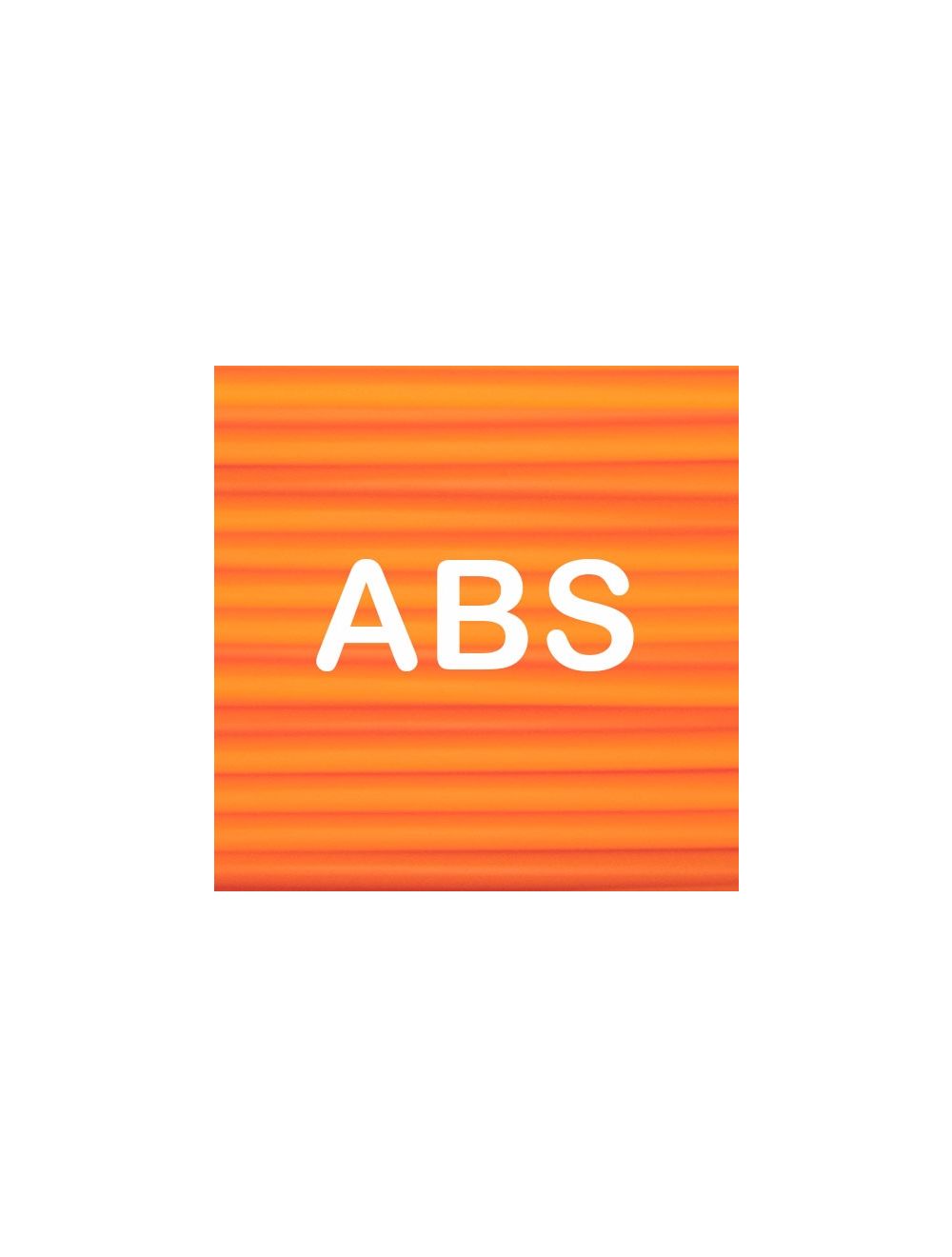Australia's Premium Supplier of 3D Printer Filaments
ABS Filament 1.75mm
ABS Plastic (Acrylonitrile Butadiene Styrene) is one of the most popular 3D printing materials.
It is strong and provides a great printing surface which makes it the bedrock of most printing jobs. This material is so popular that even Lego™ use it for all their plastics.
With a choice of 25 colours, you'll be sure to find the right ABS.
Product Information
Our ABS filaments are of the highest quality. There are NO recycled materials in our 3D Filaments and all the raw materials are manufactured from pure ingredients. When a manufacturer uses recycled materials, this becomes the most common issue for print failure.
The filaments print between 190°- 250° from the extruder head and should sit on a heatbed between 80°-110° (with Kapton tape to help removal) Blue painters tape can also be used. Each filament and 3D Printer behaves differently so you need to experiment to get the right setting. Each Filament colour has slightly different ingredients (since each colour pigment is different) which make it important to get the settings correct.
Our filaments can be used for Prototyping and Production Grade Printing.
Advantages
- Strong printed material
- Heat resistant (which means high heat needed to extrude)
- High Impact resistance
- Gloss Surface
- Better moisure resistance than PLA
Disadvantages
- More precise settings for print than say PLA
- Prolonged moisture can damage ABS
- Extrusion needs well-ventilated room as fumes are not healthy
Below are some ABS Printing Best Practices
When printing, you must always work in a well ventilated room.
ABS requires consistent temperatures to print correctly. Cooling of a the part during printing causes inconsistent shinking, leading to warping and the model popping from the bed or the part cracking. Some use printer enclosures in order to gain consistent ambient temperatures during their print. Without an enclosure, printing smaller parts are fine but you may experience issues with larger parts unless the ambient temperature does not change significantly and no drafts exist in the room.
If you would like to produce larger prints than you printer volume can handle, use Acetone as a bonding agent. Simply take your or your partner's nail polish remover and put a bit on both sides before pressing surfaces together. Then in a few moments they'll bond. You'll be able to print the Eiffel Tower in no time. Well, maybe in a fair bit of time.
Use Kapton tape on the heatbed. This will ensure your supoort structure does not stick to the heatbed, making it hard to remove. A small note about the tape. Try to get strips of the tape as close as possible to each other, rather than overlapping. It is better to have a small gap than overlap the tape.
Rarely should you have a fan pointed at the ABS filament. Cooling the ABS too fast will cause it to warp/shrink too fast when printing.
The printer bed temperature should be heated to between 80°-110°.
If you find you that the printed object is difficult to break away from the support, then change the support volume. Interestingly, making the support structure thicker can solve this.
Need more help
Please contact me if you need some help.
Also the internet is a brilliant place to find informaiton when troublshooting. You will find that using Google to search for your Printer type and the issue will bring countless results.








